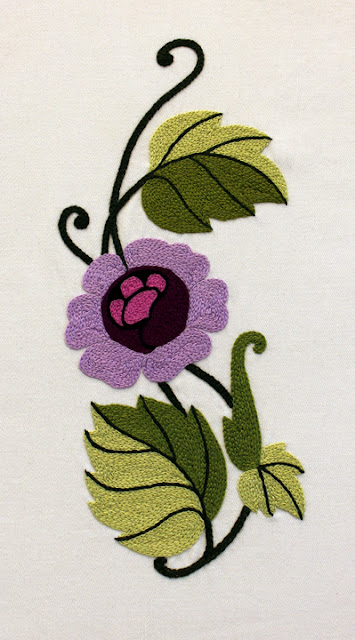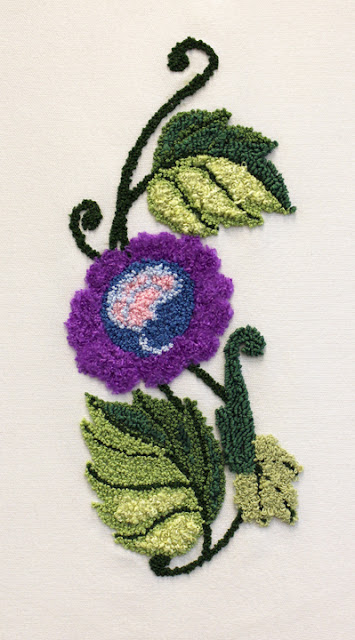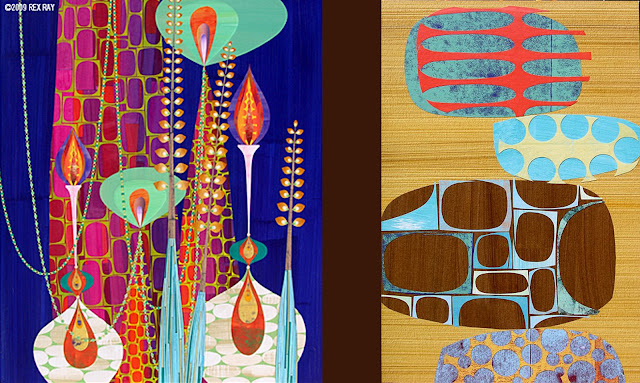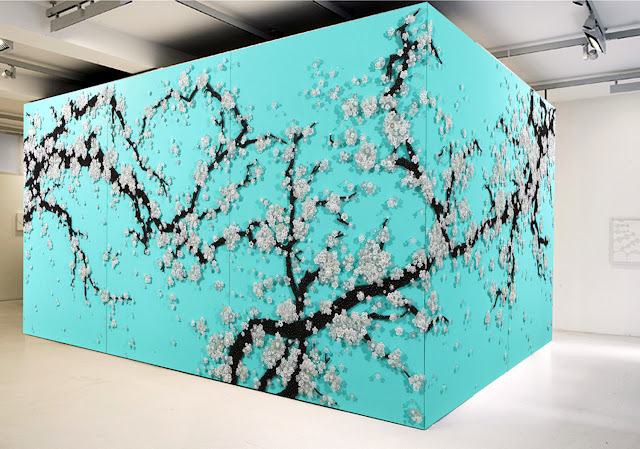 |
|
Whimsical Dream
|
Ran Hwang, a
Korean-born artist working in New York, Zurich and Seoul, is best known for
large-scale wall installations in which buttons, pins, beads and thread are
used to create silhouette images of traditional Korean vessels, falling blossoms
or caged birds. At times, the shapes are those of such diversely revered
figures as the Buddha or Marilyn Monroe. Pinned directly onto the wall of the
gallery, using each element like a pixel on a screen, at closer look, the
amount of individual buttons is somewhat overwhelming, but from afar, the
installation transforms into one breathtaking image.
 |
|
Reality Game
|
Hwang’s working method,
developed over 25years, has always been something of a private performance, if
not a ritual. Projecting an image on a hard surface such as a wall, ceiling,
window frame or portable panel, she traces the figure’s contours, then
laboriously fills in the outline with thousands of buttons or beads impaled on
long straight pins. The obsessively repetitive action (aided these days by
numerous assistants) results in works like Sweet Destiny, 2010, a roughly 23
1/2-foot-long image of bright red plum blossoms – a traditional symbol of
renewal and/or fleeting youth-under which lies an uncoiled snake, beautiful yet
deadly. This creature dramatically offsets the work’s almost too gorgeous
spring-time motif, suggesting that every object of desire has its dangers, and
that lovely illusion and grim reality coexist like two sides of a coin.
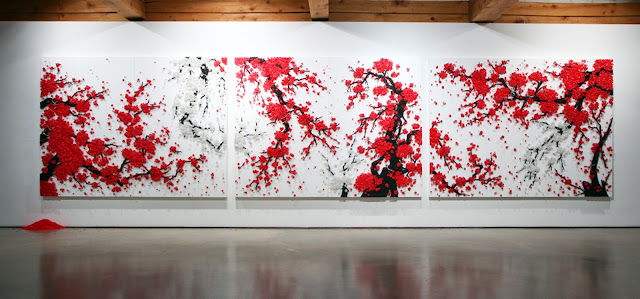 |
|
Sweet Destiny | |
|
 |
|
Sweet Destiny - detail
|
Dualism – ever present
in her works, is even more evident in the video work Garden of Water (2010), a
room-size installation in which ghostly images of chandeliers are projected on
transparent sheets of Plexiglas. A huge, silhouetted spider begins to roam
about a web, and before long we see its would-be prey. Slowly at first, then
with accelerating speed, the chandeliers are overrun by hordes of skittering
bugs. Just when the infestation is at its peak, a noisy deluge washes all the
shadowy critters away, and the process begins again. The cyclical cleansing is
not only mysterious in its origins but also discomfortingly futile.
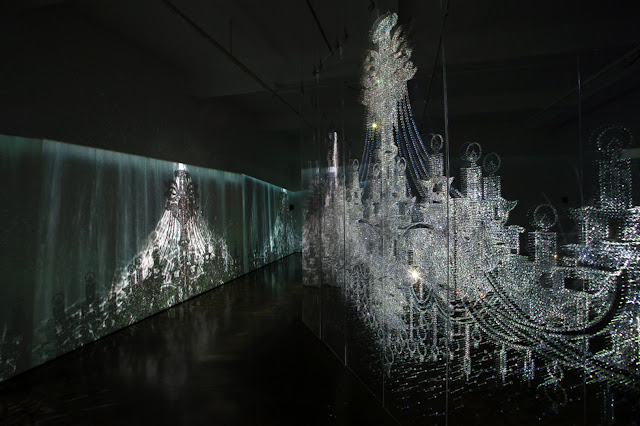 |
Garden of
Water
|
In recent years, the
Korean-born Ran Hwang, resident of the U.S. since 1997, has developed two
related bodies of work: one composed of moderately scaled 3D collages, the
other comprising large wall installations that utilize buttons, pins and thread
to evoke a hovering figure of the Buddha. In both modes, between which she
alternates freely, Hwang addresses current social issues—particularly “menial”
labour and its relation to the glamour trade—as well as timeless spiritual
concerns. The overall effect of her work is to ennoble commonplace materials,
processes and persons, while simultaneously grounding and authenticating two
very different types of grandeur-one pop-cultural, the other divine.
 |
|
The Rest
|
There is, then, a
teasing, peek-a-boo quality to Hwang's evocations of the Buddha. In some works,
the great teacher is a presence, a distinct form in positive space, created
from thousands of small items-usually buttons and pins-concentrated to imply a
solid mass. Other pieces show only a haunting linear outline. Still others
offer a field of tiny elements within which the Buddha is a virtual knockout, a
phantom of negative space. Beyond its innate formal intrigue, this technique
has a major thematic import. The absence of one who is nevertheless very much
there implies that spiritual substance resides in the mind and the heart of the
willing perceiver. Every religious devotee, like every lover, knows the paradox
of a being who is compellingly present even when materially absent, and whose
fleshly manifestation seems only a token of an immeasurably finer, untouchable
essence.
 |
East
Palace
|
When an artist and the
right subject matter find each other, the art can really take off. When Hwang
was a child in Korea her father used to take her to Buddhist temples. No child
is ever fully aware of the meaning of worship and ritual, but an affinity for
the sacred is planted then, and is a seed that can flourish later. For Hwang it
blossomed as art.
 |
|
Empty me
|
Zen Buddhism is
apparent not only in Hwang’s motifs, but also in the process of constructing
the works. Weaving thread, creating hand-made paper buttons, hammering each pin
approximately 25 times until it is secure are all time-consuming tasks. The
monotony and receptiveness of these actions require the upmost concentration
and discipline, recalling the meditative state practiced by Zen masters. In the
catalogue essay, Barbara Pollack writes: “On one hand, it is an overtly labour-intensive
mode of art-making, to the point that thinking about the sheer effort can
distract from appreciation of the work. But, for the artist, the task of
mounting buttons upon buttons, one pin at a time, parallels a Buddhist monk's
practice of staring at a blank wall for months on end as a path to
enlightenment. Her art-making is entirely meditative for Hwang, and she hopes
that viewers can share the meditative state evoked by her strongest work.”
 |
|
Garden of Water 2
|
Born in
the Republic of Korea in 1960, Ran Hwang lives and works in both Seoul and New
York City. She studied at the School of Visual Arts in New York City and
attended the Graduate School of Fine Arts at Chung-Ang University in Seoul. She
has exhibited at several international institutions including the Queens Museum
of Art, New York; the Chelsea Art Museum, New York; The Seoul Arts Centre
Museum; and The Jeju Museum of Art, Jeju Island. Hwang’s work is also a part of
numerous private and public collections including The National Museum of
Contemporary Art, Seoul; and The Hammond Museum, North Salem, NY.
 |
|
Dreaming of Joy
|
 |
Wonderful
secret
|
 |
|
Whimsical Dream 1
|
 |
|
Ran Hwang
|
















